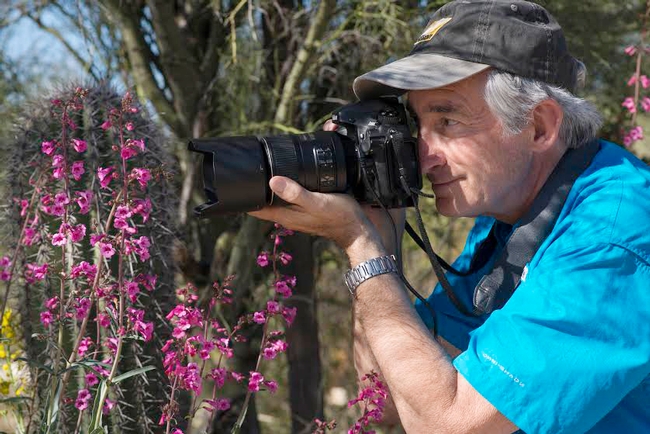- Author: Kathy Keatley Garvey
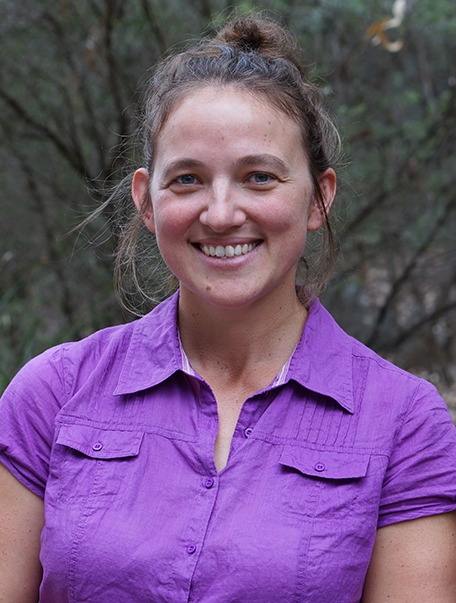
The seminar, hosted by Professor Neal Williams begins at 4:10. Click here to register to attend.
Rader, an associate professor, says she is broadly interested in pollination ecology, landscape ecology and plant–animal interactions in natural and human-modified landscapes. She is currently working on projects that investigate the ways in which plant and animal biodiversity respond to global change and the performance of wild and managed insect pollinators in horticultural crops.
She writes on her website: "I am a community ecologist and my research focuses on plant–animal interactions in natural and human-modified landscapes. I am interested generally in the ecology of plants and animals in different types of habitats and landscapes and how they respond to differing management practices and global change. My current projects relate to wild and managed insect pollinators, their efficiency at pollinating horticultural crops and finding ways to improve fruit yield and quality by understanding their life history needs."
Rader holds a bachelor of environmental science (1998) from the University of New South Wales, Sydney, Australia. She obtained both her master's degree (2005) and doctorate (2011) from James Cook University, Cairns, Australia. Her master's thesis: "Vertical Distribution, Resource and Space Use in a Tropical Rainforest Small Mammal Community." For her doctorate: "The Provision of Pollination Ecosystem Services to Agro-Ecosystems by a Diverse Assemblage of Wild, Unmanaged Insect Taxa." She won a 2017- 2020 Australian Research Council Discovery Early Career Researcher Award.
Among her most recent journal publications:
- S.A.E.C. Wijesinghe, L.J. Evans, L. Kirkland & R. Rader 2020, ‘A global review of watermelon pollination biology and ecology: The increasing importance of seedless cultivars,' Scientia Horticulturae, vol. 271, pp. 109493,
https://doi.org/10.1016/j.scienta.2020.109493 - Heidi Kolkert, Rhiannon Smith, Romina Rader & Nick Reid 2020, ‘Insectivorous bats foraging in cotton crop interiors is driven by moon illumination and insect abundance, but diversity benefits from woody vegetation cover,' Agriculture, Ecosystems & Environment, vol. 302, pp. 107068,
https://www.sciencedirect.com/science/article/abs/pii/S0167880920302541 - Jamie R. Stavert, Charlie Bailey, Lindsey Kirkland & Romina Rader 2020, ‘Pollen tube growth from multiple pollinator visits more accurately quantifies pollinator performance and plant reproduction,' Scientific Reports, vol. 10, no. 1,
https://www.nature.com/articles/s41598-020-73637-5 - Liam K. Kendall, Vesna Gagic, Lisa J. Evans, Brian T. Cutting & Jessica Scalzo, Romina Rader. 2020, ‘Self-compatible blueberry cultivars require fewer floral visits to maximize fruit production than a partially self-incompatible cultivar,' Journal of Applied Ecology,
https://besjournals.onlinelibrary.wiley.com/doi/abs/10.1111/1365-2664.13751 - Vesna Gagic, Lindsey Kirkland, Liam K. Kendall, Jeremy Jones & Jeffrey Kirkland Romina Rader 2020, ‘Understanding pollinator foraging behaviour and transition rates between flowers is important to maximize seed set in hybrid crops,' Apidologie,
https://link.springer.com/article/10.1007/s13592-020-00800-2
Agricultural Extension specialist Ian Grettenberger coordinates the seminars. This is the last of the winter seminars. For technical issues, contact Grettenberger at imgrettenberger@ucdavis.edu.
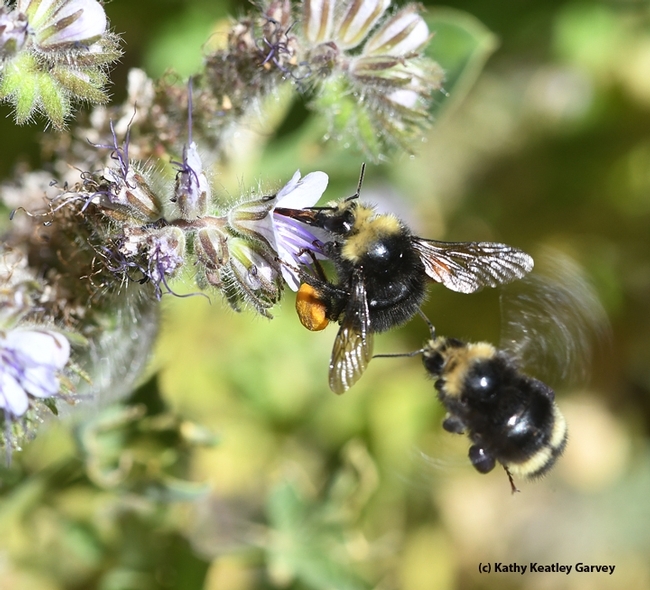
- Author: Kathy Keatley Garvey
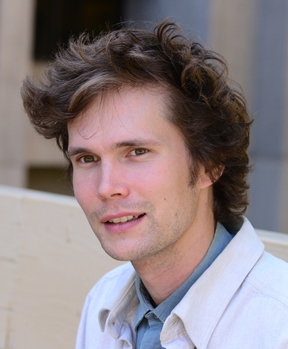
Two scientists—lead author Charlie Nicholson, a UC Davis postdoctoral scholar formerly with the University of Vermont (UVM), and senior author Paul Egan, a senior researcher at the Swedish University of Agricultural Sciences--analyzed 117 published research papers on natural hazards that threaten pollinators and pollination.
Their paper, “Natural Hazard Threats to Pollinators and Pollination,” published in the journal Global Change Biology, sounds the alarm to scientists and policy makers to place the impacts of natural hazards at the center of future research in order to emphasize conservation and reduce disaster risks.
Previous research on threats to pollinators primarily focuses on direct human impacts, but scientific knowledge of natural hazard impacts has not been synthesized yet, they said.
“The frequency and intensity of many natural hazards, such as floods and storms, are set to increase under climate change, so bringing together the evidence of these impacts is really timely,” said Nicholson, who joined the Neal Williams lab, UC Davis Department of Entomology and Nematology, earlier this year.
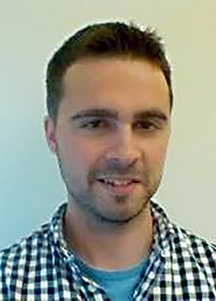
“Research was not evenly distributed across pollinator groups, with many impacts recorded for bees, Lepidoptera, flies. wasps, birds, beetles, and bats,” they wrote. “Studies tended to report impacts to pollinators in terms of abundance (41 percent of responses), species richness (19 percent), and various population-level effects (19 percent), whereas impacts to plants were measured in terms of reproductive success (39 percent), floral traits (27 percent), and species richness (11 percent).”
Scrutinizing the scientific literature involved “poring over many accounts of the powerful destructive force of nature, but also searching for some pretty unexpected hazards such as solar flares, or the Earth's electromagnetic effect on pollinators,” Nicholson said.
The work also highlights disparities in the burden of evidence. Said Egan: “We see that this type of pollination research is strongly biased toward economically developed regions, whereas it is smallholder farmers and developing countries that will bear the largest impacts. Their existing vulnerabilities and dependence on crop pollinators tend to be higher.”
Nicholson and Egan identified several future research priorities, including the need to understand impacts to yields through impacted pollination services and to better characterize and contextualise the nature of exposure to natural hazards.
“Taken together, our findings show that the response of pollinators and pollination to natural hazards depends on the type of disturbance and level of biological organization observed and that different pollinator taxa can respond very differently to the same hazard,” they wrote.
Formas, a Swedish government research council for sustainable development, funded the research.
Nicholson holds a doctorate in natural resources (2018) from UVM. Egan received his doctorate in plant animal interactions from Trinity College Dublin in Ireland in 2015.
Contacts:
Charlie Nicholson: ccnnicholson@ucdavis.edu
Paul Egan: paul.egan@slu.se
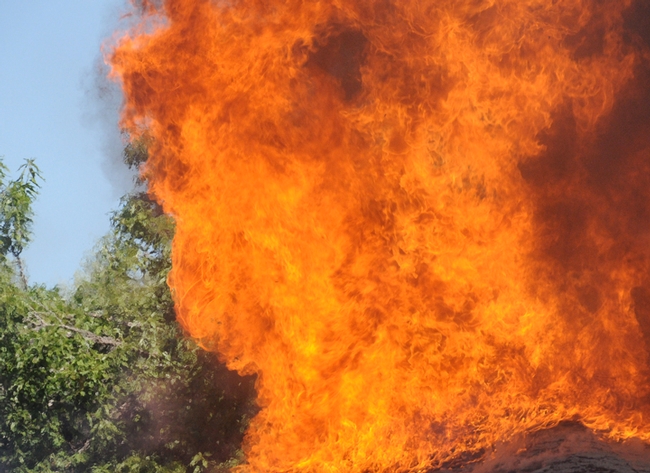
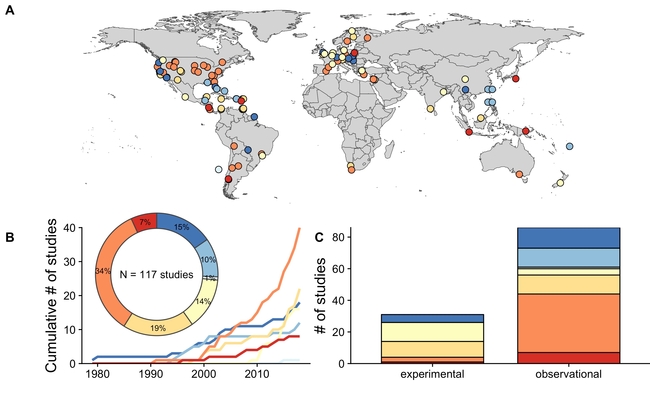
- Author: Kathy Keatley Garvey

- Evolution of floral signals and flower morphology
- Pollinator-drive speciation
- Evolution of floral mimicry
Related Link:
Scholar.google.com
For upcoming seminars, download this PDF
- Author: Kathy Keatley Garvey

“Flowers feed the world, keep us healthy and make us smile,” says Buchmann, who received his doctorate in entomology in 1978 from UC Davis and is a longtime pollination researcher and adjunct professor in the departments of entomology and ecology and evolutionary biology at the University of Arizona.
But flowers, especially red roses, the most commonly gifted flower on Valentine's Day, can't hold a candle to what most people never think about—that flowers feed the world, thanks primarily to honey bees, bumble bees, syprhid flies and other pollinators.
“Because pollinated and fertilized blossoms turn into nutritious fruits and seeds, these invaluable foodstuffs keep the world's 7.2 billion people from starvation,” Buchmann points out. “These resulting fruits also feed birds, bears and other wildlife.”

And flowers make us a smile. “Give someone flowers, and they flash a genuine Duchenne smile,” Buchmann promises. “Rutgers psychologist Dr. Jeanette Haviland-Jones has infused subliminal amounts of rose and gardenia vs. manmade scents into room air. Subjects use more enjoyment words and were more likely to approach or touch a stranger when the floral scents were present. Flowers may counteract the semiochemicals for fear, anger and anxiety that humans seem to constantly be emitting.
Other reasons for flowers, all detailed in his book, just released Feb. 9 in paperback by Simon & Schuster, include:
- Tasty and Nutritious. “Although the calories from starchy cereals and grain crops feed the world, we enjoy and need the ‘nutraceuticals' and antioxidants inside colorful cranberries, blueberries, oranges and apples,” he says. “They keep us healthy and happy.
- Edible flowers. “Some flowers--that is, roses, some marigolds--are great as edible garnish and foods.” His book relates “which ones can be eaten and what they taste like."
- Humans might never have evolved, or survived. “Early hominids certainly recognized that flowers were the harbingers of tasty fruits. Without flowers, perhaps no people today.”
- As costly as gold. “Saffron is the world's costliest spice and the subject of countless fake imitations,” Buchmann says. “The spice is the dried styles from crocus blooms. Hand-picking and the fact that this represents such a tiny fraction of the entire plant, make it so costly and precious.”
- For inspiration and romance. “Flowers have inspired generations of poets, writers and artists. Their myriad shapes, colors and scents enrich our lives with beauty. Their sexuality and alluring scents bring romance into our lives.”
- Most ancient. The world's earliest known flower is the 8-inch tall fossil Achaefructus that grew in China 130-160 million years ago. “It turns out that these and other early blooms were puny runts,” Buchmann says. “They wouldn't win best of show ribbons in any flower show.”
- Flowers in the service of science. “Without Gregor Mendel's crossing experiments with the humble garden pea, we wouldn't have learned about the laws of inheritance when we did. “
Buchmann has published more than 150 scientific articles and 11 popular nonfiction books, including The Forgotten Pollinators (a Los Angeles Times Book Prize finalist) with Gary Nabhan. His book, Honey Bees: Letters from the Hive, is a National Science Teachers' Association Outstanding Science Trade Book. He's also written a children's book The Bee Tree (with Diana Cohn), described as the true story of a family of honey hunters in peninsular Malaysia.
Buchmann's major professor at UC Davis was Robbin Thorp, now a distinguished emeritus professor of entomology who continues his research on native bees. Both continue to teach the annual American Museum of Natural History “The Bee Course,” along with several other colleagues.
"Steve has been on the cutting edge of many areas of pollination biology," Thorp said. "He jumps on to new ideas with great enthusiasm and explores them in depth. He has been a leader in areas like buzz pollination, the contribution of electrostatics in pollen harvesting by bees, and adaptations in bees that collect oils from specialized flowers. He raised important issues about the conservation of bees in co-authoring the benchmark book, The Forgotten Pollinators, a decade before colony collapse disorder in honey bees captured the attention of the media and general public. He enjoys new technologies and exploring ways they can be applied to pollination research. At the annual Bee Course in Arizona, he provides a very popular demonstration of life within carpenter bee nests."
Buchmann wears a number of hats. He assists documentary filmmakers as a “bee and flower wrangler,” and served as the chief scientist for the 2013 Disneynature film Wings of Life, narrated by Meryl Streep. He also produced a short film Honey for the Maya, which can be seen on YouTube.
Besides writing and his beloved buzz pollination research (funded by a National Science Foundation Grant), Buchmann enjoys macro and landscape photography, along with making small fine art bronzes in a Tucson foundry.
The former UC Davis doctoral student remembers “walking up and down the stairs to my office in the old insect museum in Briggs Hall; and chatting with botanist/evolutionist Dr. Ledyard Stebbins; studying the pollination of shooting stars (Dodecatheon) near Lake Berryessa, the area that is now the Stebbins Cold Canyon Reserve; and riding “back and forth to UC Berkeley and the UC Davis libraries on the free library shuttle.”
He did field work for his doctorate in Arizona, California, Wisconsin and Panama (Barro Colorado Island), and recalls the “wonderful mentorship of Dr. Robbin Thorp and the late Grady Webster.”
And flowers? Yes, many memories of flowers. He fondly remembers “roaming the serpentine rock outcrops of Napa Valley and inhaling the wonderful wine-like floral aroma of western spicebush (Calycanthus occidentalis) and “opening flowers of Dutchman's pipe festooning trees near Lake Berryessa, “to find their fungus gnat pollinators.”
Related Links:
